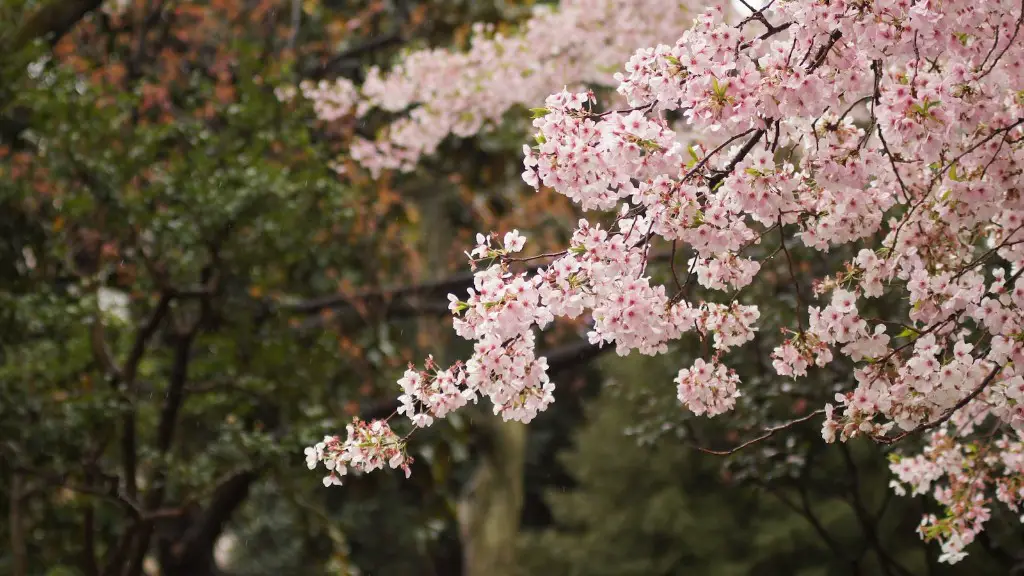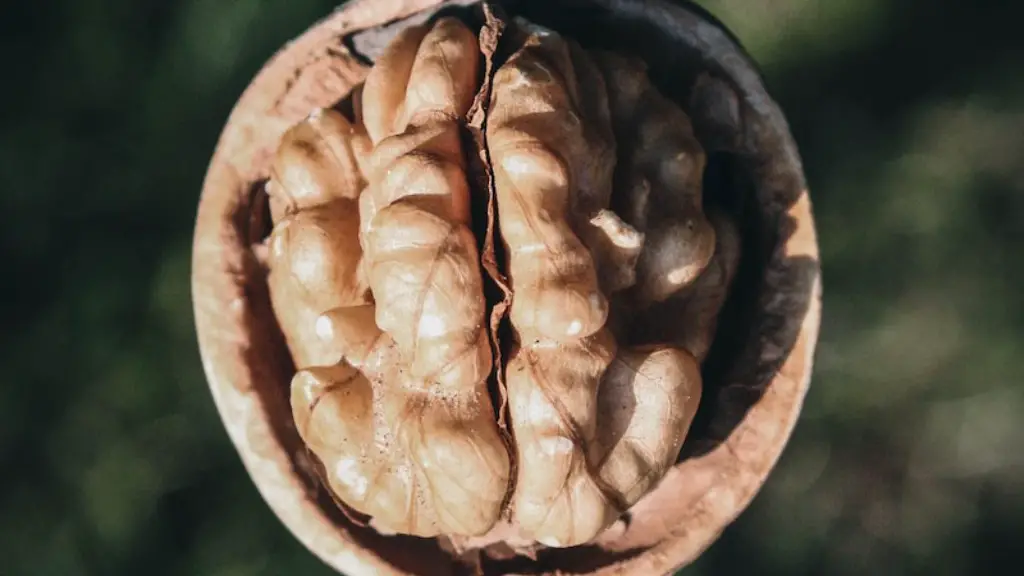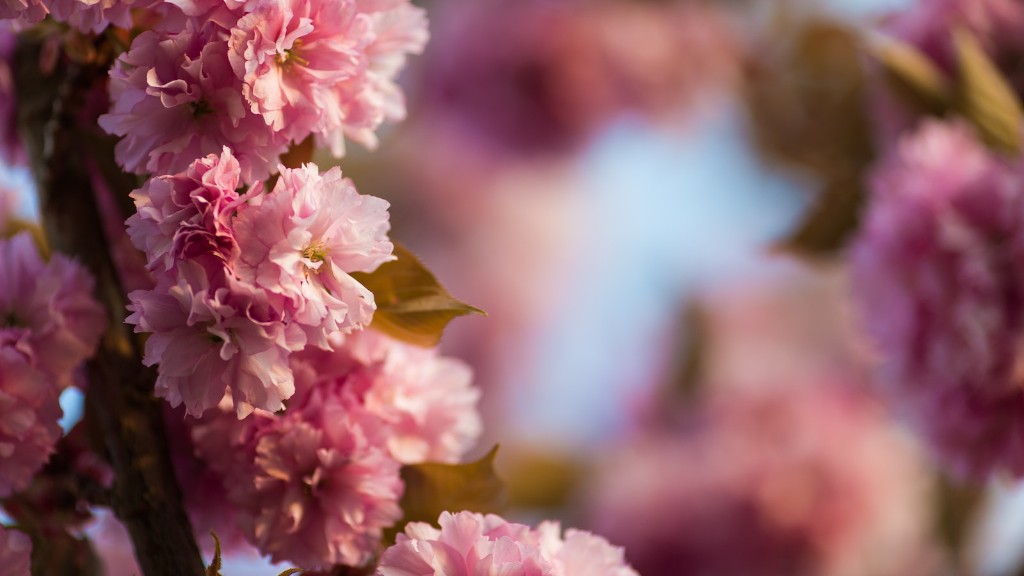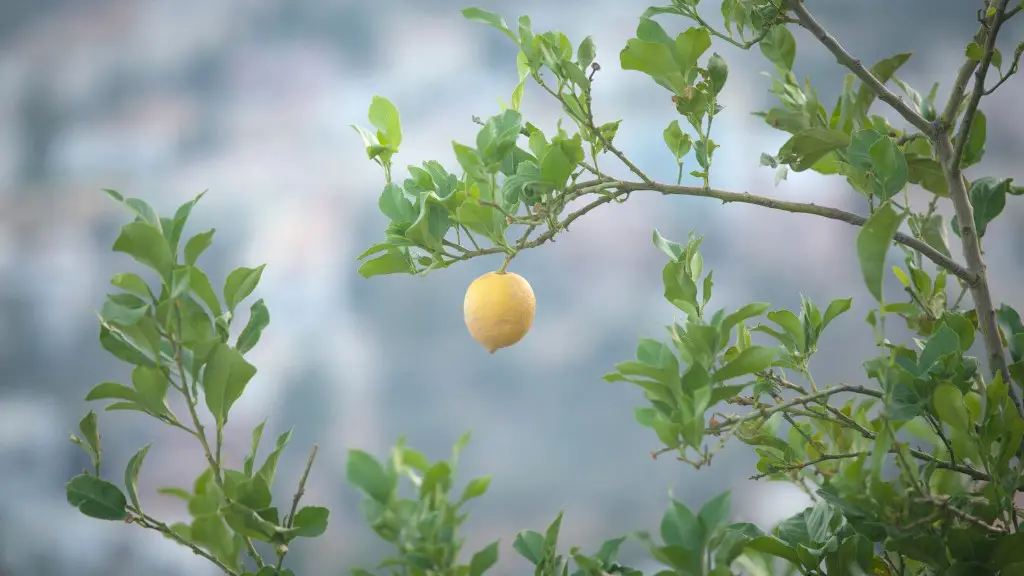A yoshino cherry tree is unique to Japan and is a popular sight during hanami, or cherry blossom viewing, season. Though gorgeous to view during this season, it’s also important to properly care for yoshino cherry trees all year round. Pruning a yoshino cherry tree is one important action in the roadway to tree health and beauty. Plus, with the right pruning techniques and timing, your yoshino cherry tree can remain in perfect condition, without any damage to its healthy trunk and branches.
Pruning of yoshino cherry trees should thankfully not be done too often. It is usually done when the tree is young in order to remove dead or diseased branches, and then later every few years to maintain a certain shape and size, to prevent overcrowding, and to maintain the view for visitors, who typically visit during the hanami season. Generally, a yoshino cherry tree is only pruned when it is either young or when it has grown too much and needs some help in maintaining a healthy shape and size.
When pruning a yoshino cherry tree, it is important to do so at the right time of year. Generally, the best time to prune any tree is during the months leading up to its growing season, which for a yoshino cherry tree is usually in mid-March. Pruning too early or too late in the year can affect the tree’s natural growth patterns, so it is best to prune during the optimal period. Pruning during the late winter or early spring will give the tree plenty of time to recover before mid-March, ensuring that it will bloom at the right time.
In terms of technique, pruning should always be done carefully and only when absolutely necessary. Pruning requires cutting off the branch or limb at an angle. This angle is important, as it prevents water from collecting at the cut and leading to fungal diseases. In addition, not too much of the branch should be cut off, as more than 25% of the branch can cause the tree to go into shock, leading to branch dieback. In terms of aesthetics, it is best to use a hand pruner when pruning a yoshino cherry tree, as this will produce a cleaner and smoother cut.
It is also important to note that yoshino cherry trees should not be pruned too severely as they are quite sensitive to major pruning. Also, yoshino cherry trees should not be topped, or their branches cut off at the tree trunk, as this can cause more harm than good. The best way to control the size and shape of a yoshino cherry tree is through pruning, rather than a drastic size change.
Overall, pruning a yoshino cherry tree is best done when the tree is still young and growing, as well as when it is several years old and needs extra pruning for size and shape purposes. In terms of technique, pruning should be done carefully, always with a hand pruner, by cutting off the branch at an angle to prevent water from collecting and leading to diseases. In addition, yoshino cherry trees should not be pruned too severely and topping of branches should be avoided, as this is not good for the tree’s health.
What Are Some Tree Pruning Techniques?
Tree pruning is actually a complex and difficult task. It requires experience and training to know what types of cuts should be made and how to safely prune so that the tree’s health is not compromised. There are several different types of tree pruning techniques that can be used, depending on the goal.
Crown Cleaning is one technique that involves removing any dead, damaged, or diseased limbs and branches from the tree’s crown. This helps reduce the risk of disease and insect infestation. Thinning is another technique, which involves selectively removing some branches and leaves so that air and sunlight can penetrate the tree more easily. Crown Raising is yet another technique, which involves removing lower branches from the tree to make it easier to walk or drive underneath it. In contrast, Crown Reducing is the opposite and involves reducing the overall size of the crown.
Finally, there is Crown Restoration, which involves careful pruning of old wounds, such as tree topping and major limb losses. These types of cuts help the tree heal and promote new growth. Of course, it is important to note that any pruning should be done carefully and only when absolutely necessary.
What Are Potential Benefits and Risks of Pruning a Yoshino Cherry Tree?
Pruning a yoshino cherry tree is an important step in maintaining the health and beauty of the tree. Pruning helps reduce disease, increases fruit production, and improves the overall shape and size of the tree. However, like with any pruning, there are potential risks to consider as well.
The most important risk is that pruning too much can stress out the tree and cause it to go into shock, leading to branch dieback. It is therefore important to only prune when necessary and to not prune branches more than 25% of the tree’s diameter. In addition, pruning too late in the year can lead to the tree producing its blooms too late, missing out on the hanami season.
Overall, pruning a yoshino cherry tree is an important part of caring for the tree. It is best done during the fall or winter months leading up to its growing season. Pruning helps maintain the tree’s health and beauty, while also improving its fruit production. However, it is important to also note the potential risks of pruning, such as pruning too much or too late in the year, as this can lead to serious issues with the health of the tree.
Are There Other Ways to Care for a Yoshino Cherry Tree?
Pruning is just one part of caring for a yoshino cherry tree. In order to keep the tree healthy and looking beautiful, it is important to practice a variety of other maintenance activities as well.
Fertilization is an important part of caring for a yoshino cherry tree. Fertilizers provide essential nutrients to the tree, which helps it remain healthy and prevent against disease. Adding mulch around the tree can also help retain moisture and prevent soil compaction, which can occur from walking around the tree too much or from rainwater runoff. Watering is also important, especially during the summer months, and should be done deeply but infrequently.
In addition to fertilization, mulching, and watering, it is also important to check the tree regularly for signs of disease or insect activity. Insects, such as aphids and scale, can cause damage to the tree’s leaves and branches. Diseases, such as powdery mildew and verticillium, can also seriously harm the tree’s health. So, it is important to regularly check for and address any potential issues as soon as possible.
Should Only Professionals Prune a Yoshino Cherry Tree?
Pruning a yoshino cherry tree can be done by both professionals and homeowners alike. However, it is important to note that there is a certain level of skill and knowledge that is required in order to do it properly and safely. Pruning requires knowledge of the tree’s biology and the ability to make the right types of cuts in the right places. Therefore, it is usually best to hire a professional in order to ensure that the tree is not damaged and is pruned in the healthiest way possible.
Professionals also have access to specialized tools and equipment, such as pole pruners and bowsaws, which can make the job much easier. In addition, hiring a professional can also save time and save homeowners from having to learn about tree biology on their own. Therefore, for a homeowner who does not have the experience, knowledge, or time to learn about tree pruning, hiring a professional is the best option.
How Is Pruning a Yoshino Cherry Tree Different from Other Trees?
Pruning a yoshino cherry tree is similar to pruning any other tree. However, there are some important differences. Yoshino cherry trees are more delicate than other trees, and so they should not be pruned too aggressively or too much. Pruning should also be done at the right time of year since yoshino cherry trees tend to bloom earlier than other trees. Finally, due to its sensitivity, yoshino cherry trees should not be topped, or its branches cut off at the trunk, as this can cause more harm than good.
However, the same principles of tree pruning still apply. Careful pruning techniques, such as crown cleaning and crown raising, should be used in order to promote healthy growth and prevent disease. Pruning should be done when necessary, and only after careful consideration of the potential risks and benefits. Overall, pruning a yoshino cherry tree is similar to pruning any other tree, but due to its unique sensitivity certain precautions should be taken.



